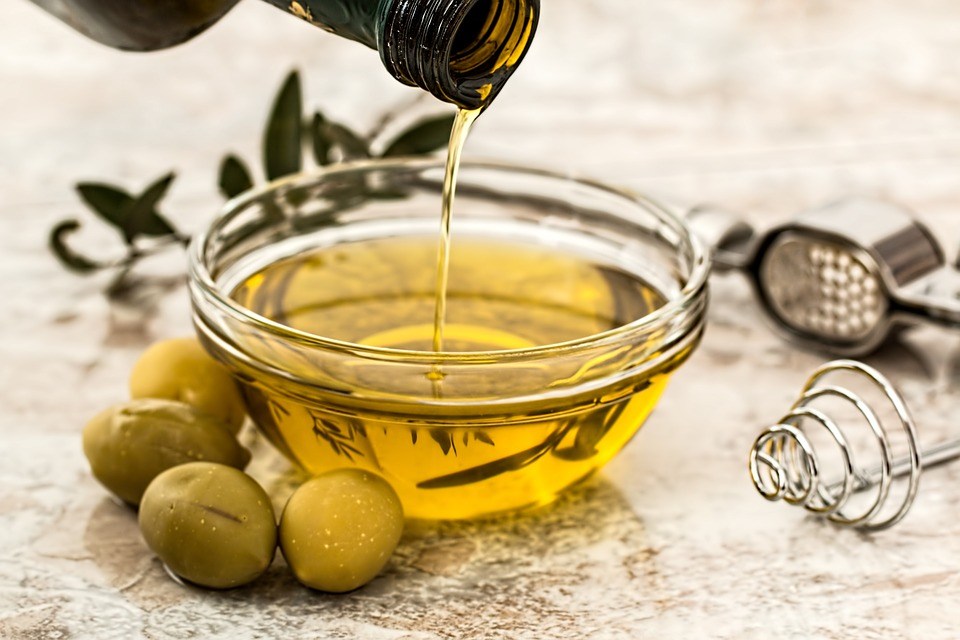Ever since the scandal broke last year that most of the “extra-virgin” olive oil sold in the world is fake, there has been a major outcry as olive oil consumers and lovers decry the fraud which has been going on for a very long time. However, customers are now seeking tips on how to find and purchase authentic and 100% olive oil. Spotting real olive oil is now proving to be quite a difficult task after the scandal revealed that seven well-known Italian olive oil producers were involved in the olive oil scam and they were investigated for passing off counterfeit olive oil as authentic extra-virgin olive oil.
Olive oil is a nourishing food and has proven to be one of the most commonly counterfeited foods too. Sometimes other oils like soy and sunflower oil are bottled and passed off as virgin or extra virgin olive oil. Other times, lower grade oils are used to dilute olive oil just to maximize profits at the expense of the health of consumers.
With the revelation that this food fraud and scam has been going on for years, most of us have come to realize that we might not even know the real taste of olive oil since we have been cooking with and consuming fake olive oil most (or all) of our lives. But then, how can we tell if the olive oil in our kitchen is fake?
Here are some recommendations on how to find real olive oil and also spot the fake olive oil brands.
• Avoid bargain prices, because the cost of producing genuine extra virgin oil is expensive. It is true that high prices don’t guarantee real and authentic oil, but low prices – under about US$10 for a liter – strongly suggest that the oil you’re buying is inferior. So, if the olive oil seems too cheap to be real, chances are high that it is fake.
• To get the freshest oil, and cut out middlemen who often tamper with the quality of olive oil, buy as close to the mill as possible, if you’re lucky enough to live near a mill, or find local producers available around you and purchase directly from them.
• You cannot know what real olive oil tastes like if you have never tasted the real deal. You should spend extra money to purchase and learn what real olive oil tastes like. That way, you won’t be fooled anymore.
• Avoid buying olive oil labeled “olive oil” or “olive pomace oil” “pure” and “light” oil, because they have been chemically refined. You should purchase olive oil labeled “extra virgin,” as it has more chances of being an extra virgin olive oil than if it is not labeled at all.
• Purchase the quantity of olive oil you will use up quickly and you should pick bottles or containers that protect the oil against light,
• Always buy oil from the present year’s harvest – ensure that the date of harvest is displayed on the bottle for confirmation.
• Good and real olive oil comes in several color shades — from green to gold to pale straw. However, you should avoid such flavors as greasy, moldy, metallic, meaty, cooked, and cardboard.
• Purchasing an olive oil with the International Olive Oil Council certification is a definite, YES! Though this is not always a guarantee of quality or authenticity but certifications mentioned on olive oil labels can give consumers the confidence that the oil has been properly made.
You should keep in mind that a complete fail proof test to determine olive oil does not exist. This is the reason why we should thread on the side of caution by following most of the tips above in other to purchase and consume healthy olive oil.













































